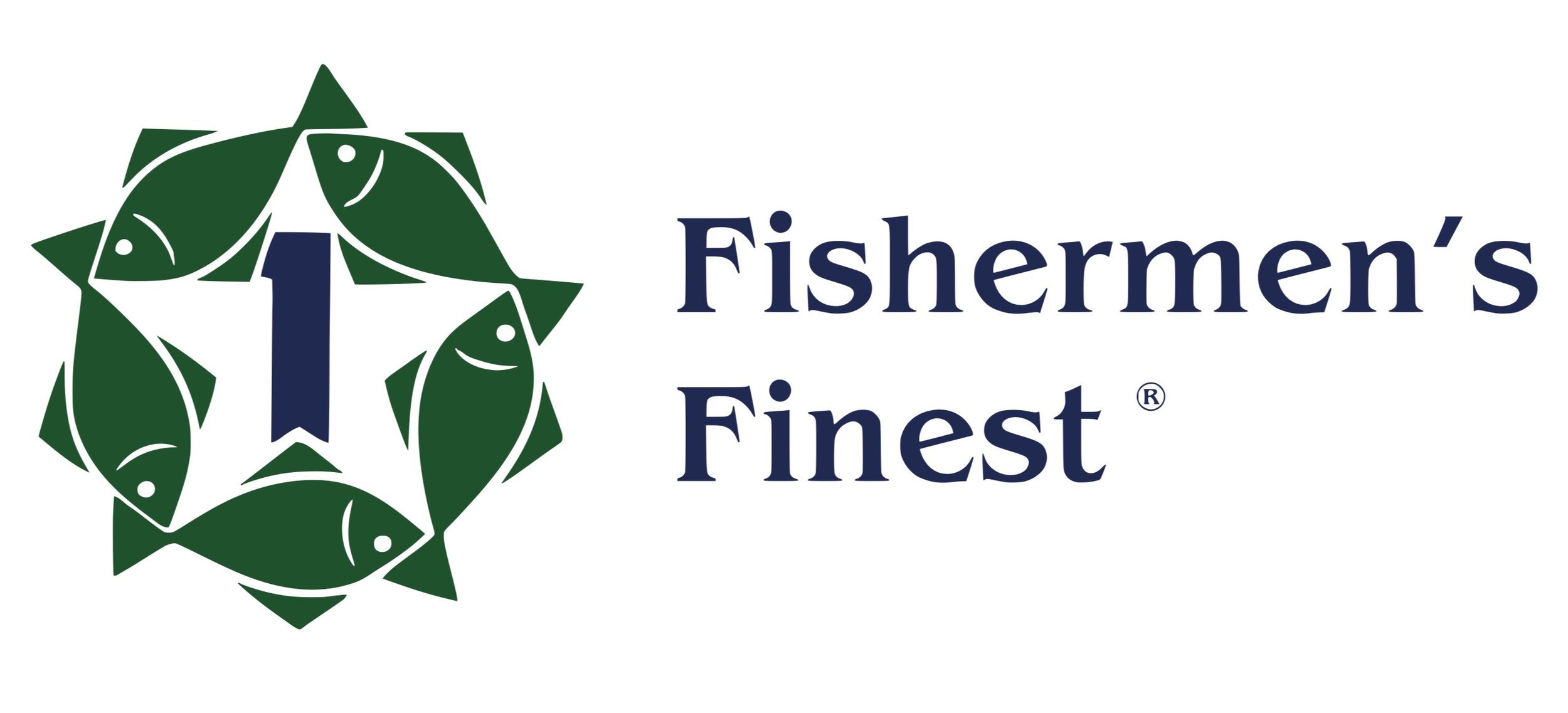The Seward Journal
Fishermen’s Finest Trawlers Offload In Seward by Gavin Stern for the Seward Journal August 1, 2012
Fishermen’s Finest are back.
Intrepid, a 185-foot long commercial trawler, and its partner, 160-foot American Number 1, offloaded 700 tons of fish at the Seward cruise ship terminal on July 21. Both of the Seattle-based ships are owned by Fishermen’s Finest of Seattle, Washington.
“We like to say they have the two best boats,” said Bob Hezel, captain of the Intrepid. Hezel, from Whidbey Island, Washington, has fished the Gulf of Alaska for 33 years.
Fishermen’s Finest Trawlers Offload In Seward
Gavin Stern
Fishermen’s Finest are back.
Intrepid, a 185-foot long commercial trawler, and its partner, 160-foot American Number 1, offloaded 700 tons of fish at the Seward cruise ship terminal on July 21. Both of the Seattle-based ships are owned by Fishermen’s Finest of Seattle, Washington.
“We like to say they have the two best boats,” said Bob Hezel, captain of the Intrepid. Hezel, from Whidbey Island, Washington, has fished the Gulf of Alaska for 33 years.

The Intrepid and American Number 1 fish all over the gulf, from Nunivak Island in the Bering Sea, to Adak on the Aleutian Chain and finally to Seward. They are demersal trawlers, ships that corral fish, both at the bottom of the ocean floor and at mid-water, and then capture them with nets.
“We don’t fish in one place. That’s bad for the fishing stocks because you get localized depletion. We try to move around a lot,” Hezel said.
Hezel’s sense of humor and management style is evident in the bridge decorum. Perched by the window, overlooking the aft of the ship is a plastic hula girl and stegosaurus. Above them are two signs. One reads, “The beatings will continue until morale improves,” and the other, “Life is good.”
No fewer than 15 computer screens surround the captain’s chair. The technology helps Hezel determine where the fish are and what species he is catching. This information is critical because there are hard caps on certain species of fish. If Hezel is wrong, then he has to throw good fish overboard as by-catch, even if they are already dead.
Intrepid achieves a 97 percent retention rate, far above the 85 percent mandated by Congress. If not for regulatory discards, Hezel said he could do even better. Fisherman’s Finest achieves that level of efficiency through a combination of marketing and technology.
“Morally, I’m a long-time fisherman, I want fishing to be around for my kids. If it’s marketable, and we catch it, then we should put as much of it up for sale as we can,” Hezel said.
Sometimes, fishermen discard less profitable catches in favor of more profitable fish. Hezel said he rejects that notion. “It’s a low-cost protein with a very low carbon footprint. We’re not going to stumble over a nickel to save a dime.”
Knowing where the right fish are is also a matter of experience. Hezel looks for contours and temperatures at the bottom of the ocean to determine where certain types of fish are likely to school. He confirms his findings with a combination of sonar and radar.
The Intrepid crew then constructs a capture system designed to retain the desired fish and let others through. Sometimes developing an “excluder” is as easy as using a larger mesh net, so that the smaller fish can escape. Other times, he uses the behavior of the fish against them.
Hezel demonstrated a video recording of a “slot excluder,” which uses knowledge of fish behavior to the fisherman’s advantage. With the slot excluder, halibut are able to find their way out of large holes on the sides of the net. Cod, however, are attracted to the water flow at the center and do not attempt to flee, even though they could fit through the holes.
“The cod have no sense of leaving out of these slots. The halibut are very aggressive about leaving,” Hezel said.
Soon, Hezel said he hopes to add a live video camera to definitively determine what’s in the net before it is pulled up. Hezel said his ships would be the first two in Alaska to have the live video technology.
Previously, the net was pulled up once it reached 30 tons. There was no way to know exactly what kind of fish it contained until it was too late. “If we can see what’s going in the net, that changes everything. Otherwise you think it’s northern rockfish, but it’s really dusky,” Hezel said.
Hezel’s first officer, Daren Eklund, keeps track of the regulatory caps for various types of fish using computer software called eHarvest. He also helps with the paperwork. Two federal observers monitor each ship 24 hours a day and sample each batch that comes out of the water.
“You can get shut down with a big mistake because of the hard caps,” Hezel said. “We work all these strategies together to make a commitment to sustainability.”
Intrepid and American Number 1 typically visit Seward once per year. Hezel said he prefers to offload in Seward, rather than Kodiak, because of Seward’s proximity to the railroad and lower dock fees. Fisherman’s Finest might come by more often, he said, if there was better infrastructure to offload the ship. Currently, the only way to remove the 700 tons of cargo is to offload it by hand, stacking it onto vans.
This year, though, Hezel did make the second trip. After leaving on July 22, Intrepid and American Number 1 spent a week fishing 90 miles south of Seward. They returned with 600 tons of arrowtooth flounder – and stacked them by hand.
